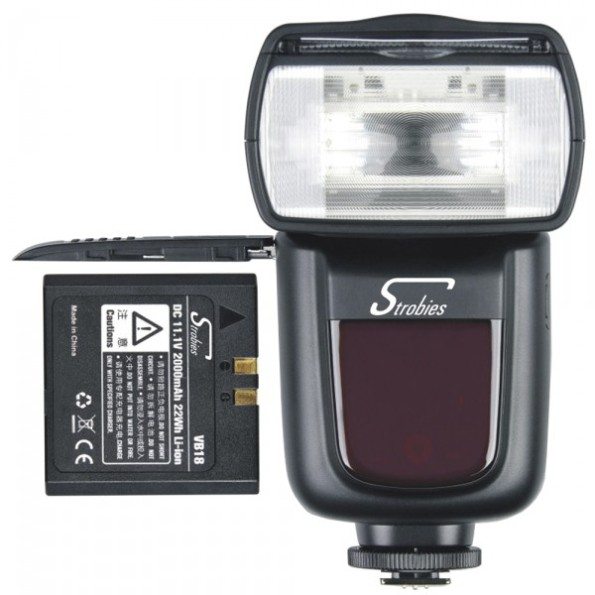It’s no real big secret that flashes come with varying amounts of potential power output. Large monolights can do one thing and hot shoe flashes can do another thing. But in general, it can be tough to tell how strong a flash is.
To do this, manufacturers use the rating of a guide number. We’re going to use the Canon 600EX Rt flash as an example.
To figure this out, we’re going to need to do some math.
The guide number is found using the following equation:
Aperture (X) x Distance (Y) = Guide Number
According to B&H Photo’s listing, the guide number of the Canon 600EX RT is 197′ (60.05 m) ISO100 at 200 mm position. So where does all this extra info come from?
– The flash has a zoom head that goes all the way out to 200mm.
– To do this test, they’re shooting at ISO 100.
So in order to figure that out, we’re going do a bit of math. We have the Guide number which in this case is 197. But let’s say that we wanted to fire our flash at f5.6. In that case our equation would look like this:
5.6 x Y = 197
In this case, Y is the distance and we’re trying to find out the distance that a subject will have to be for proper illumination. In a case like this, you’re doing simple algebra. If you divide 197 by 5.6, you end up with approximately 35.18 feet. That means that at a little bit further than 35 feet, you can shoot with your flash at f5.6 and get a proper illumination in the right conditions at ISO 100. The problem with this though has to do with the fact that everyone has a different idea of what a proper illumination is for a scene.
But by using this formula, you can figure out an approximation of how powerful your flash actually is. In general, the larger the number is the stronger the flash is.


